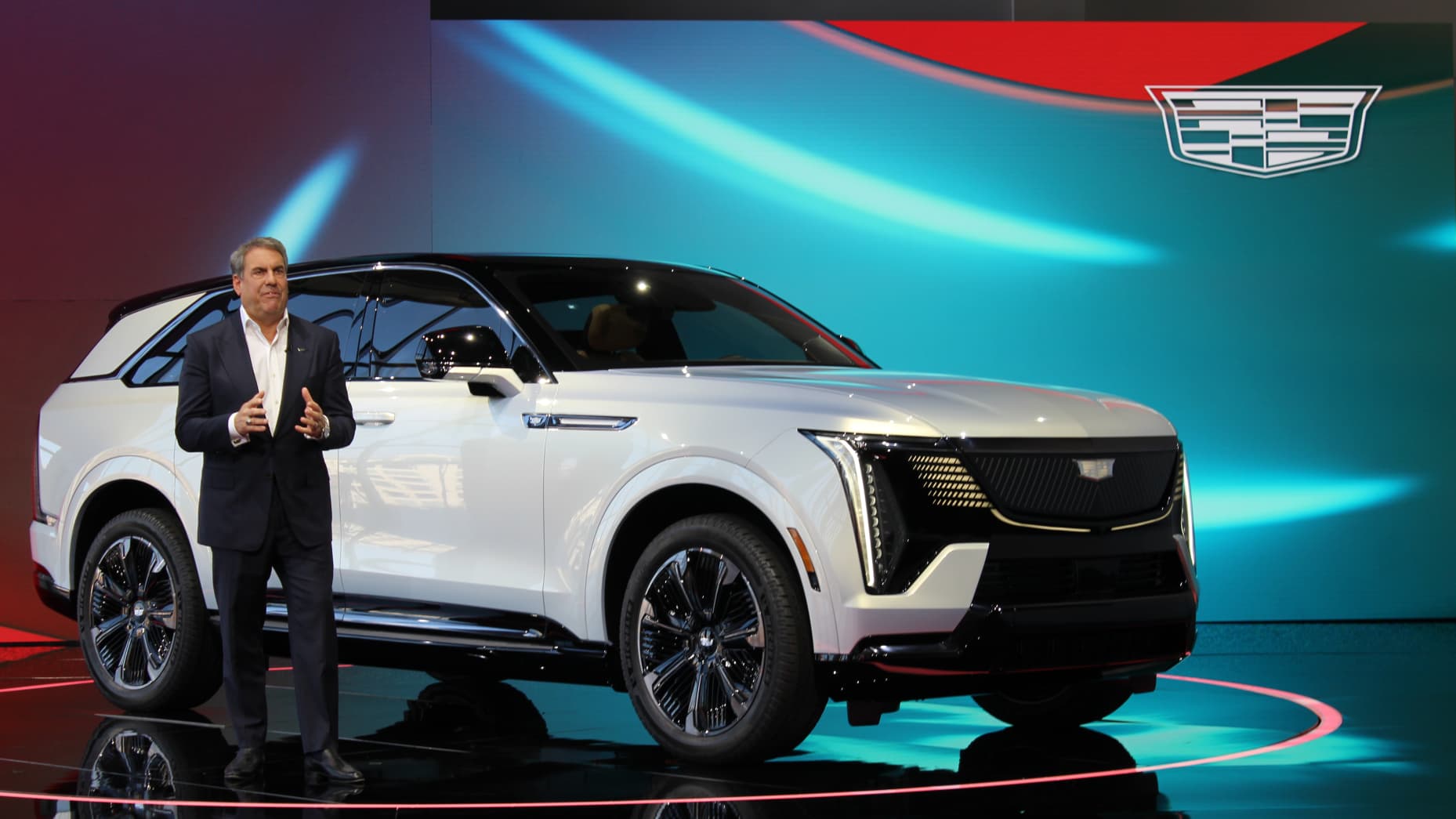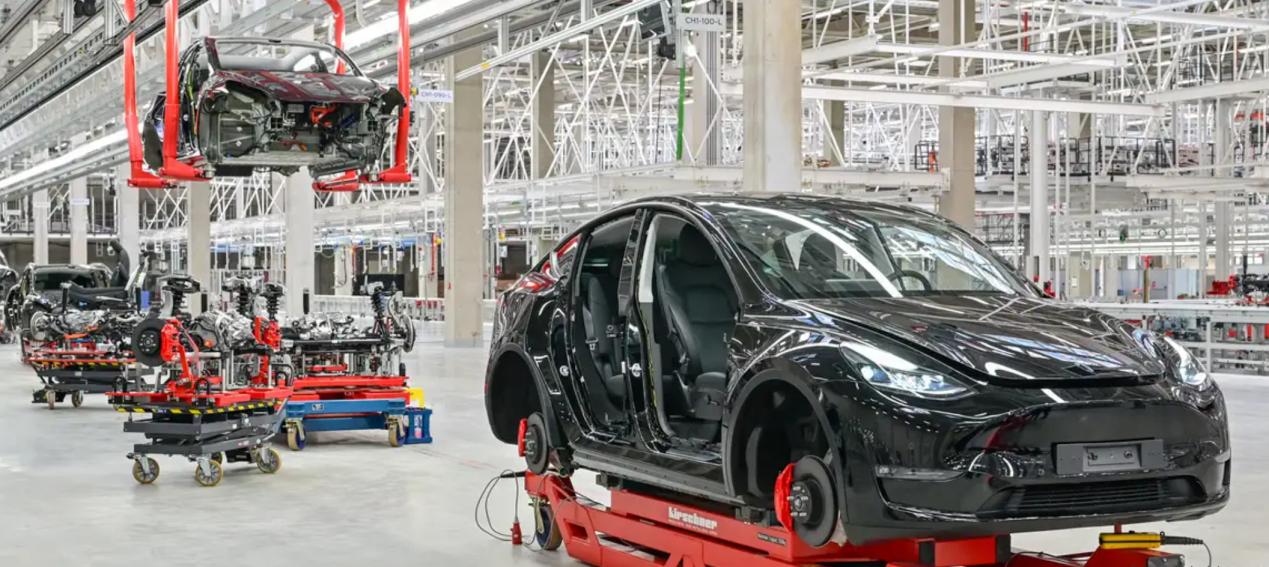
Cadillac not only represents the pinnacle of American luxury automobiles but has also become a symbol of U.S. industrial strength and design innovation. From the 1940s to the 1970s, Cadillac firmly held its leadership position in the luxury car market. During its golden age, Cadillac was the benchmark in the American luxury car market. However, with evolving market dynamics and intensifying competition, Cadillac now faces significant challenges. Available data shows that its market share in the U.S. luxury car segment has dropped from second to fifth place.
Confronted with this precarious decline, General Motors is preparing to implement a revival plan aimed at reshaping Cadillac's luxury brand image. This revitalization strategy is based on an in-depth analysis of current societal trends in luxury car demand, coupled with timely tracking of shifting consumer preferences. Through product line innovation, technological integration, market repositioning, and the execution of a global strategy, the plan seeks to reestablish Cadillac as a leader in the luxury automotive market.
However, as is widely known, the path to reform and innovation is never smooth. The revival plan will inevitably encounter multiple challenges, including consumer brand perception inertia, fierce competition from rivals, and market uncertainty—all of which pose obstacles to its successful implementation. To address these issues, General Motors must not only innovate its products but also adopt multifaceted measures, including marketing strategy adjustments, brand reinvention, and global market expansion.
On Cadillac’s road to revival, the integration and innovation of cutting-edge technology will serve as the key driver in reclaiming its luxury brand status. Applying the latest technological advancements to the brand will help it stand out in a highly competitive market. Moreover, in today’s society, luxury is no longer just a display of material wealth but a pursuit of individuality, innovation, and sustainability. By aligning with fashion, art, and culture, Cadillac can cultivate a more youthful and stylish brand image, redefining the concept of luxury in consumers' minds.
Similarly, throughout the brand revitalization process, close attention must be paid to market shifts and consumer demands. As society evolves, consumers’ definition of luxury cars has expanded beyond traditional comfort and prestige to emphasize technological sophistication, environmental performance, and personalization. For Cadillac to achieve revival, it must meet these evolving consumer expectations to better resonate with its audience. In reshaping its brand image, adopting market-adaptive strategies—such as sponsorships or collaborations with high-profile events—can enhance brand visibility and associate it with values like dynamism, innovation, and excellence, fostering deeper consumer connections.
Amid rapid transformations in the global automotive industry, Cadillac must embrace new trends such as electrification, smart technology, and sustainable development while preserving its traditional luxury appeal. By blending its rich heritage with contemporary aesthetics, the brand can create a new identity that balances classic elegance with modern flair. Through continuous innovation and effort, General Motors is steadily repositioning Cadillac as a leader in the luxury car market. Looking ahead, as the global automotive landscape evolves and consumer preferences shift, Cadillac will maintain sharp market insight, consistently introducing groundbreaking innovations to deliver an unparalleled luxury driving experience.

The global electric vehicle market in 2025 is experiencing intense turbulence. Tesla, once a disruptor that reshaped the industry landscape, is now mired in an unprecedented sales crisis.
The global electric vehicle market in 2025 is experiencing …
Recently, Chinese telecom companies Huawei and ZTE signed a…
Recently, according to Xinhua News Agency, Israel's air str…
A strongly worded report from the Equality Trust argues tha…
On November 27, 2025, Alibaba officially entered the global…
The focus of the global financial market in 2025 has always…